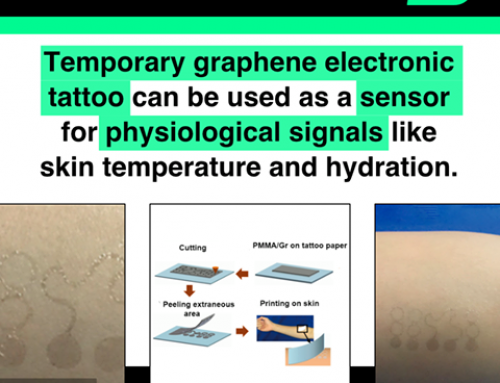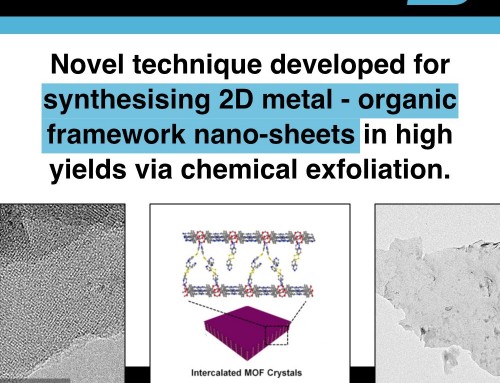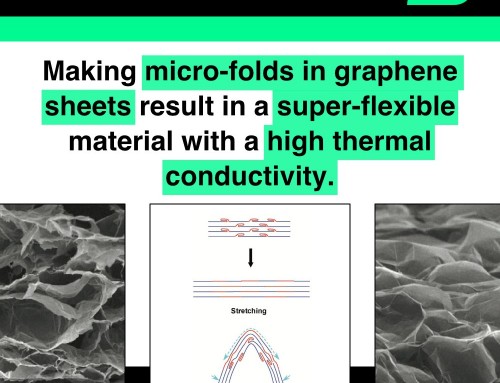Editorial
In a paper published as an advanced online publication in Nature Nanotechnology scientists have found a new way to controllably decorate graphene with nanometre sized pores. While previous efforts in perforating graphene concentrated on using bombardment by ions (most notably Gallium), the currently technique uses a low-cost and high throughput oxygen plasma.
The technique relies on transferring single crystal CVD graphene over through holes, etched on silicon nitride substrate. Through standard transfer techniques (PMMA/acetone) and post-treatment (Ar/H annealing) graphene can be suspended over these micron-sized trenches. Finally, a brief (1-5s) exposure to a 20W O plasma perforated graphene and enabled water permeation. Importantly, the scientists report nanopores with controlled periodicity, varying as a function of exposure to the plasma and monitored through Raman and SEM.
The technique yields extraordinary salt rejection rates of nearly 100% as well as promising flux rates, both of which are highly desirable. However, the preparation of the membranes remains a tedious task, with a device yield of 20% (supplementary information section #6) . Although the use of CVD graphene on an industrial scale remains a considerable challenge, the findings may accelerate development in the area of graphene filtration and desalination.
Scientific publication: “Water desalination using nanoporous single-layer graphene” Nature Nanotechnology





